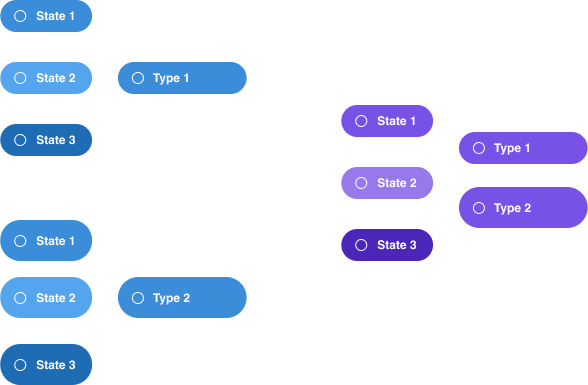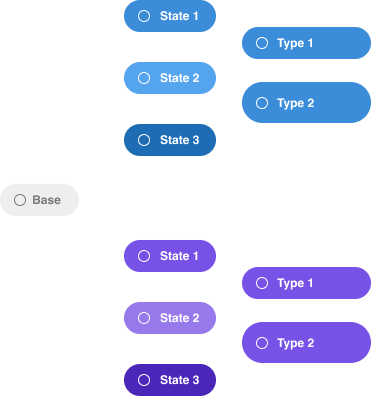Sketch library distribution
I have been building, maintaining and deploying shared design asset libraries since Adobe launched CC libraries with dynamic symbols in November of 2015. Abstract brought us version control in July of 2017, the emergence of Figma came in September of 2017, and Sketch released libraries in October of 2017. When Sketch libraries was introduced I continued my work leading the efforts of shared assets libraries for multiple companies such as Ivanti, eBay, Cisco and U.S. Bank. As the platforms emerged and features improved the challenge has always remained the same, achieving parity between design and development. When parity is achieved we build and deploy much quicker.
Problem
Developers have multiple platforms and systems for version control, versioning and distribution. This allows them to track changes, schedule updates and work from the same code resource. When design falls out of sync with development, or vise versa, it causes discepenies which need time to remediate and slows down production.

Distribution
For Sketch libraries to work, they rely on two factors; location and meta data. If either criteria is not met the link to the library will break causing frustration amongst the design community which decreases over-all adoption and retention of the library.

Versioning
If the design assets are not aligned with the coded components, a number of issues arrise. The developer will not be able to match the mockups provided by the designer and innevitably slows the process down considerably.

Standards
If design assets are built mutliple ways, trying to trouble shoot bug fixes becomes increadibly difficult. It also makes it incredibly difficult to scale and use.

Solution
Remove the barriers. Empathy goes a long way, not only in creating a common understanding with our counterparts but in learning new way of doing things and evolving. By emulating development methodologies we can bring design and development closer together for a more seemless hand-shake.

Distribution
Sketch provides an API for RSS distribution but some networks make it difficult if not impossibe to leverage. Localizing historical library version’s as .pkg’s that run a script automates the process and improve’s over-all user adoption.

Versioning
When there is parity between the design assets and coded components, the hand-off and implementation becomes much smoother. This improves speed-to-market by at least 200%.

Standards
Applying Atomic Design principals to design asset creation provides a foundation that is widely understood and accepted. Standardizing the way assets are built creates a far more intuitive mental model for use as well as a universal method for managing an asset library.
